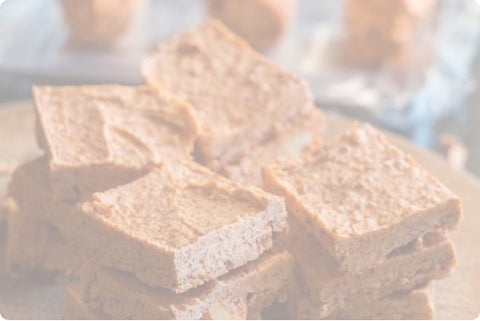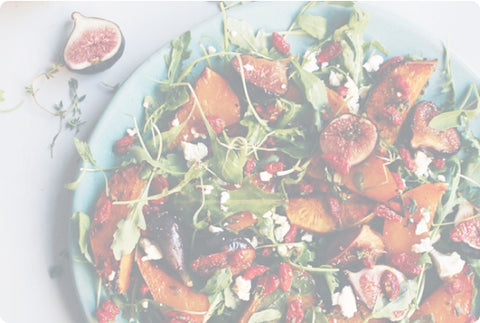WHAT ARE GOJI BERRIES AND WHAT MAKES THEM A SUPERFOOD?
The goji berry has been highly regarded for centuries as a foremost nutritional and botanical medicine in China. Gojis have been grown in Tibet, China and Mongolia for an estimated five thousand years, and have been recognised as a superfood by the Tibetan School of medicine for 2 500 years.
In China, the spirit of the goji is often represented as a young, strong woman, as the Chinese strongly believe that gojis extend life. Just take the example of Li Qing Yuen, one of the best-documented cases of extreme longevity. He lived to the age of 252 years (1678–1930) and is said to have consumed goji berries daily. In Chinese medicine they are considered a ‘tonic’ herb, meaning that daily use has a cumulative effect over time.
We were first introduced to goji berries at a holistic trade fair. The salesman raved about them and encouraged us to taste them. We were surprised that something so healthy was so delicious. The goji berry’s Latin name, Lycium, comes from the root meaning ‘school of learning’. Chinese herbalists believe that the berry can link one into the teachings of Chinese Medicine, generally making one more aware of health. Gojis were the first superfood we were introduced to, and I believe they had a subtle yet powerful guiding effect on us, helping us to embark on our journey into health education. Since then, we’ve been eating gojis almost daily for over a decade. We probably eat gojis more regularly than any other superfood.
Having been to the Tibetan plateau and seen the harsh, dry environment where gojis grow, it is no wonder that they are also known as an adaptogenic superfood, assisting us to adapt to stressors. We’ve even seen goji berries growing off the edge of an ocean cliff in the Western Cape in South Africa.
DISCLAIMER
Always check with your healthcare practitioner before using medicinal foods/superfoods during pregnancy or on prescribed medication.
Goji’s botanical name is Lycium, which means ‘school of learning’. They need a strong frost to fruit well and survive in harsh desert climates. It is said in China that eating a handful each day will make one happy for the entire day. Such a practice has a cumulative effect.
Quality is key! Most gojis are grown in China and may contain high levels of pesticides, be sprayed with the toxic preservative sulphur dioxide, and even be dyed more red with chemicals. Any potential benefits are likely to be entirely neutralised or negated by such dangerous chemical additives. Make sure you buy only certified organic gojis, certified by a reputable organisation in Europe or the US. Fake Chinese organic certificates are all too common!
ANTIOXIDANT COMPARISION
The ORAC scale (Oxgyen Radical Absorbance Capacity) was developed at Tufts University and measures the antioxidant values in food.
HOW TO USE GOJI BERRIES
Goji berries have a unique, slightly sweet taste reminiscent of cranberries and raisins. We start our day off with a glass of goji water. We often add gojis to our smoothies or sprinkle them over our breakfast. They are delicious added into soups and salads. They also mix well with other dried fruits, seeds and nuts, for your own blood-sugar stabilising trail mix. They are the perfect sweet treat. The typical daily intake range suggested by Chinese herbalists is between 8 and 30 g per day. A minimum of 10–15 g (a small handful) of the fruit should be eaten daily for maintenance, and dosages as high as 45 g per day are suggested for tonic adaptogenic effect. Children love to snack on gojis!
Live-long goji water
1 handful goji berries in warm or cold water
Infuse the gojis in the water for five minutes. Remember to eat the softened gojis left at the bottom of the glass or use them in a smoothie.
Goji digestive tea
Add a handful of goji berries to green tea (or your favourite tea – buchu or rooibos also work well). Add honey to taste.
Tip: Green tea dilates your cells. Adding gojis to your tea helps drive their goodness into your cells.
Goji winter citrus Season-change immune booster
This drink is loaded with fruits high in vitamin C, such as oranges, guavas, camu camu powder and of course gojis, and is great for boosting the immune system as the seasons change.
Makes 1,25 litres
500 ml water
3 guavas
1 orange
1/2 lemon
¼ C goji berries
1 T camu camu powder
2 T honey
Blend all the ingredients together.




















